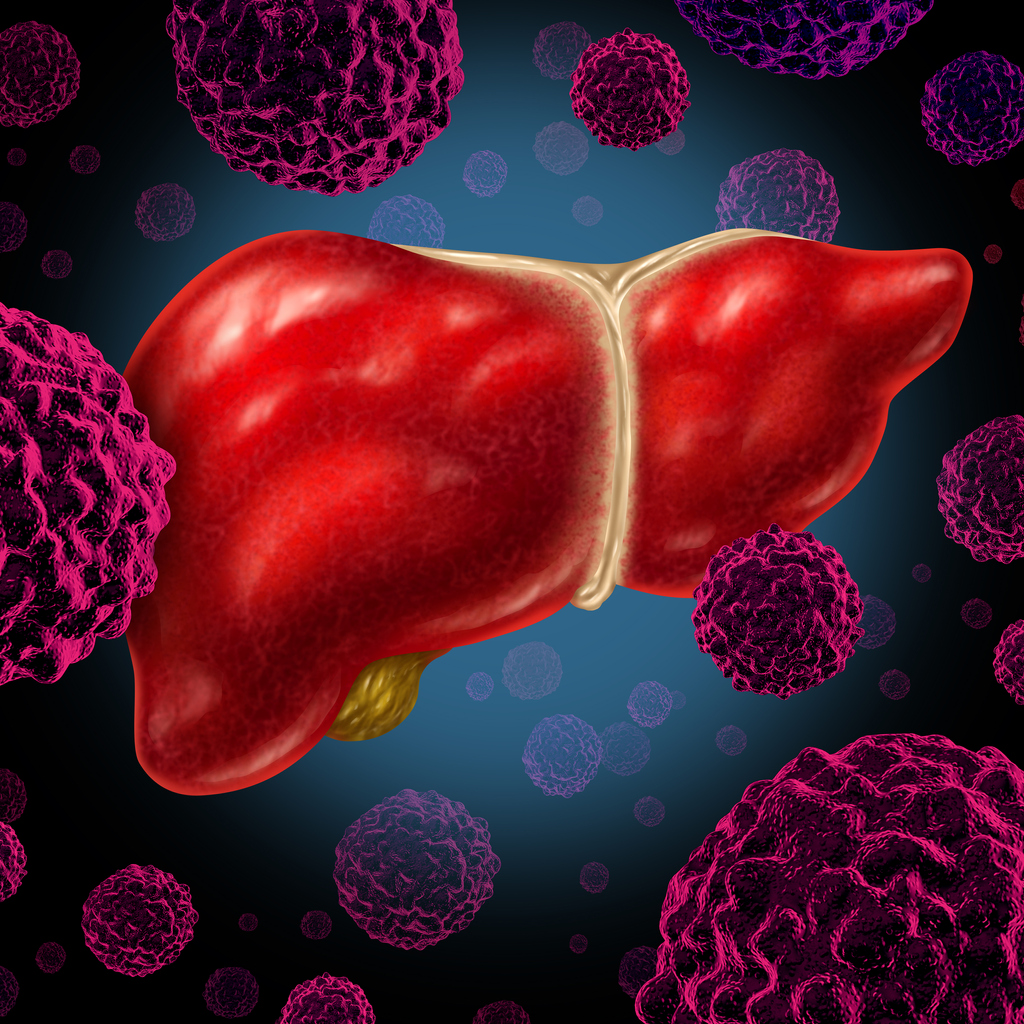Liver Transplantation
Liver transplantation is the surgery performed to replace diseased liver with healthy liver from any organ donor.
Types of liver transplantation procedures:
- Orthotropic Transplantation – The whole diseased liver is replaced with healthy liver. It’s the most common liver transplantation procedure performed.
- Heterotrophic Transplantation – Diseased liver is not removed. Additional donor liver is put at another site
- Reduced-Size liver Transplantation – Whole diseased liver is replaced by portion of healthy liver donated. This procedure is commonly performed for children.


